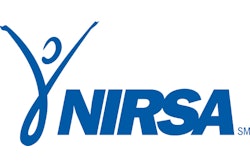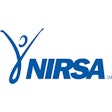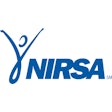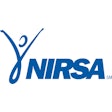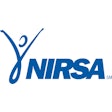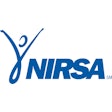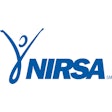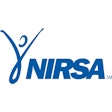Create a safer work environment for your staff by implementing OSHA guidelines and maintaining a compliant facility.
FITNESS CENTER OWNERS/MANAGERS often think of facility maintenance as it relates to customer satisfaction and the bottom line. Numerous articles have been written describing the importance of maintaining a clean facility in terms of prolonging equipment life, assuring customer satisfaction and reducing liability. With so much emphasis placed on these key factors, some managers lose sight of another consideration: employee safety. To help with this, there is a government agency, the Occupational Safety and Health Administration (OSHA), that was created to help protect employees and make the workplace a safer environment for all.
Guidelines for safety
OSHA was formed in an effort to prevent worksite injuries or illnesses by both identifying workplace hazards and creating guidelines to mitigate risks. Businesses are required to comply with these guidelines or face strict fines, or even possible lawsuits. Although there are a number of guidelines set forth for the fitness industry, perhaps the most important to consider in terms of facility maintenance deals with proper staff education and training on handling bloodborne pathogens.
Bloodborne pathogens
Bloodborne pathogens are defined as "pathogenic microorganisms present in human blood that can lead to disease." Some of the most common types of bloodborne pathogens include Human Immunodeficiency Virus (HIV), Hepatitis B (HBV) and Hepatitis C (HCV). Transmission of these diseases can occur in microscopic amounts if blood is mixed in with other bodily fluids, such as urine and vomit. If infected blood is present in these fluids, persons coming in contact with that blood can potentially transmit the pathogens through the mucous membrane (eyes, nose and mouth) or skin that is not intact (cuts, hangnails, dermatitis, etc). However, if there are no breaks in the skin, and the blood is kept away from the mucous membrane, these diseases cannot be transmitted to unprotected persons.
Compliance with OSHA
Responsibility for proper OSHA adherence lies mainly with the fitness center manager/owner. It is their duty to maintain written safety plans and standards, which must be reviewed and updated annually. Any complaint received by OSHA questioning policy adherence, be it from your staff, members or even the competition, must be investigated by OSHA, and can result in severe fines up to $10,000 per employee for bloodborne pathogen violations. Violations and fines may also be levied through random inspections, as well as investigations after any type of injury or accident involving an employee.
The risk of handling a bloodborne pathogen by a fitness center employee is much greater compared to many others industries, except a medical setting, in that the fitness facility environment is conducive to encountering bio-waste in the form of blood from minor injuries and/or other types of bodily fluid. By implementing OSHA guidelines and maintaining a compliant facility, you will not only reduce your exposure to OSHA penalties and potential lawsuits, but, more importantly, create a much safer work environment for your staff.




















